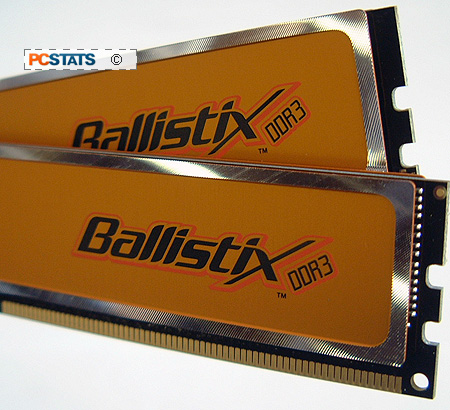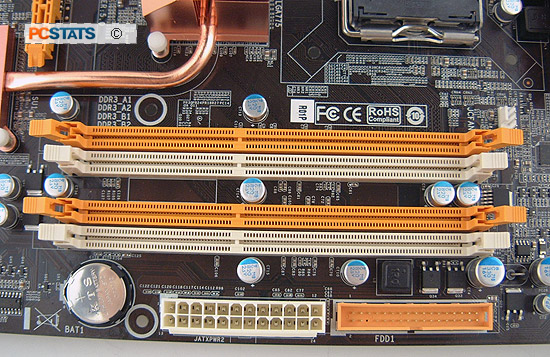
While DDR2 and DDR3 RAM Dual Inline Memory Modules
(DIMMs) are physically the same size, and contain the same number of little gold
teeth (240), each class of memory is keyed differently and so neither is
interchangeable with the other socket.
DDR3 memory modules like the Crucial Ballistix PC3-12800
CL8 memory will not work in a DDR2 memory socket, even if the motherboard
chipset technically supports the DDR3 standard - as is the case with the Intel
P35 Express, and some boards based on the Intel X38 chipset.
Conversely, DDR3 memory is not backwards compatible with
DDR2 memory slots.
One obvious difference between DDR3 memory and its
predecessor is that DDR3 operates with less voltage. DDR-3 RAM requires 1.5V,
while DDR2 demands 1.8V power. Next, unique memory slots prevent DDR3 memory
from being installed in a DDR2 memory slot, and vice versa.
The memory standards themselves are not compatible, so
neither are the sockets.
DDR3 memory is not really expected to take hold until
mid-2008, when quad-core processors are basically mainstream chips. It's hard to
say where AMD will stand on all of this, its 'K10' microprocessor architecture
is not expected to adopt DDR3 RAM until 2009 according to the last report
PCSTATS saw.
In any case, as with all new memory standards it's
important to state the obvious to minimize confusion from the start.
|

These are 1.5V DDR3 memory slots. They look exactly
like DDR2 slots, except for the 'key' which is in a slightly different
position. Below is a DDR3 memory module over top of a DDR2 module. Note
the subtle difference where the DDR3 module is 'keyed' with respect to the
DDR2 module. Both memory standards have exactly 240 gold connectors, DDR3
operates at 1.5V, DDR2 at 1.8V.
|
